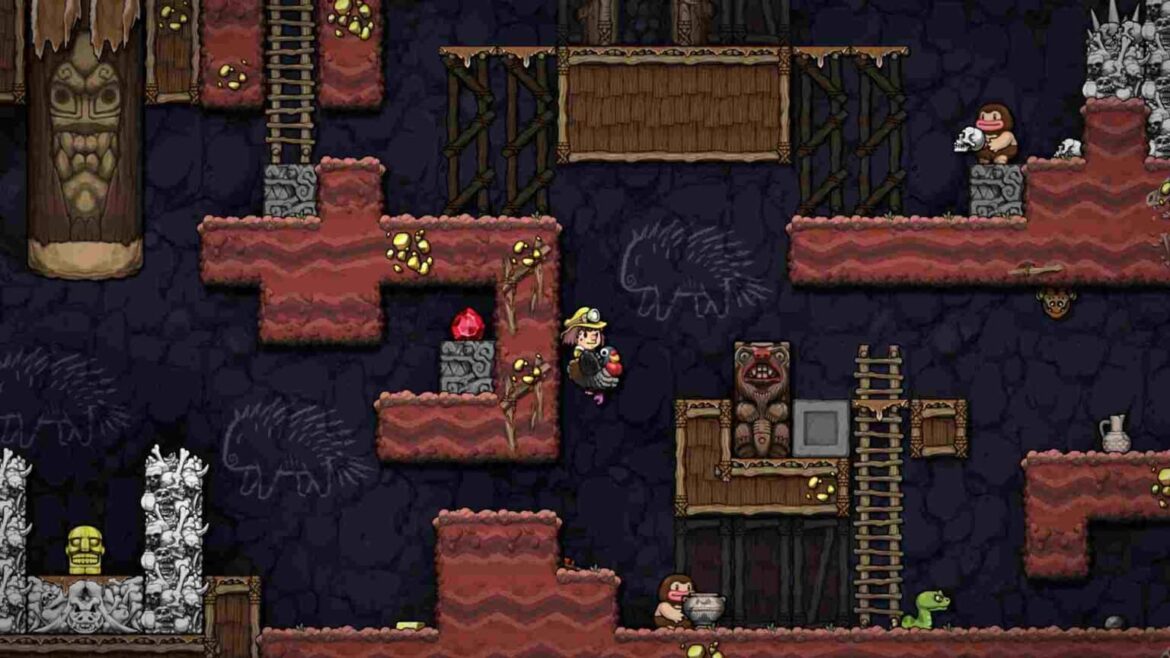1.6K
The game genre roguelike developed more than 40 years ago. Even today, many games bearing this designation are still being published. Here you can find out what makes these games different from roguelite games.
Roguelike: Features of the game
Roguelike as a gaming genre clearly indicates which game was the absolute model for further imitators: The game “Rogue: Exploring the Dungeons of Doom” appeared as early as 1980 and is the eponym for all games that can be compared to it in the most important core characteristics. Loosely translated, “Roguelike” means “just like the game Rogue”. It is a sub-genre of the RPG, short for Role-Playing-Games.
- Roguelike games proceed over several sections and levels that are procedurally generated – that is, they evolve in real time from the gamer’s play.
- Thereby, so-called high-value properties existed, i.e. high-quality criteria that games had to fulfil in order to be allowed to be called roguelike. In addition to the procedurally generated dungeons, the so-called permadeath also plays a role, translated as the final irreversible death of the characters. The battle system is based on various rounds, whereby battles can never end peacefully.
- The player has access to every possible action and approach everywhere in roguelike games. This means that he can access a wide variety of strategic actions in order to achieve a goal in a wide variety of ways. For example, if he wants to pass through a door, he can kick it in or pick the lock.
- So-called items, which the player can always discover, help him to complete his tasks. In order to survive, he has to manage the items strategically.
- Rougelike games must be played through in one session, as there are no clear save points. If you fail in an action, you have to start again from the beginning. Only certain abilities, called skills, or upgrades of the character are retained in new playthroughs. Progress is therefore saved, but reset after the character’s death.
- For example, “Enter the Gungeon”, “Slay the Spire” or “Risk of Rain 2” are considered roguelike games, although the first two in particular lack some important core elements. So the boundaries are also blurred. Both are not role-playing games, for example, but on the one hand a shooter game and on the other a card game.
- The roguelike game “Hades” is considered to be particularly successful, although it does not have a turn-based combat system.
- Although the game “Rogue” is the eponym of the genre, it is by definition not the first roguelike game ever to come onto the market. Beneath Apple Manor” was already released in 1978, which had all the corresponding elements, but was not as successful.
Roguelike: difference from Roguelite
Many games now contain roguelike elements, but still do not belong in the genre. They only make use of individual elements.
- Roguelite is considered a watered-down form of the roguelike genre.
- Because the so-called high-value properties of roguelike games are often not completely fulfilled. However, central elements such as procedurally generated dungeons, permadeath and resource management are also present in roguelite games.
- For example, roguelite games differ in game length and difficulty. Roguelites are a shorter and usually easier variant.
